SICK Industrial connections and blocks
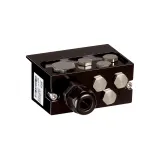

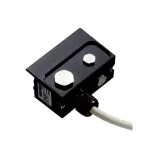

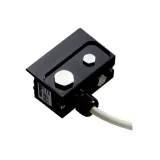


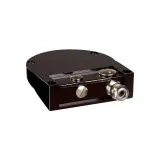
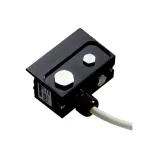
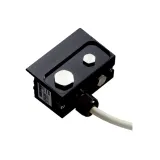
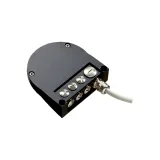
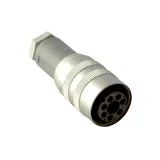


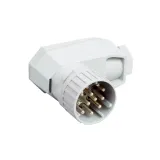
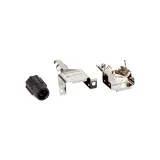
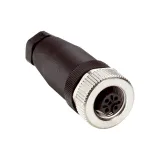
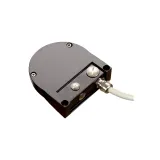

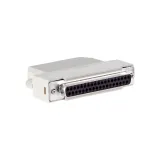
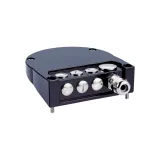
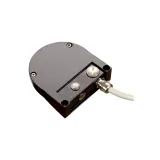
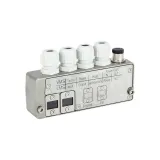
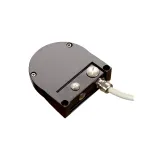

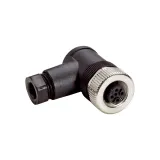

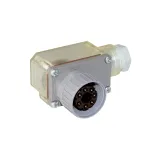

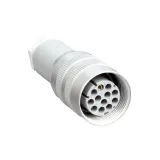
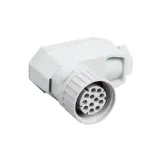
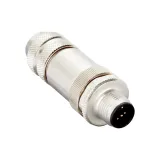
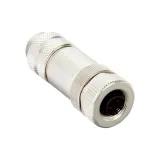




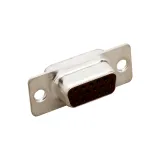
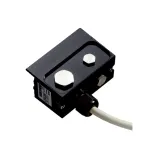

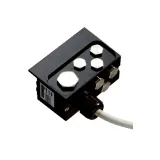

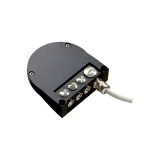
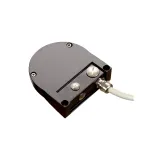

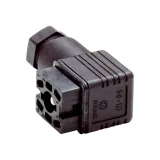

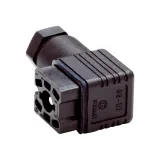
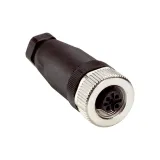

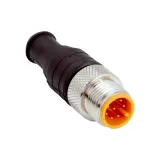
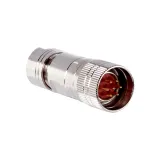
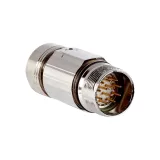
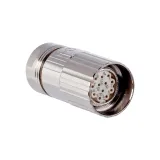

sick industrial connectors for panels, machines, and field I/O
SICK’s connection hardware is built to survive real plants: vibration, washdown, heat, and fast service. Families cover cabinet terminations, on-machine plugs, and hybrid power/data links so sensors, scanners, drives, and HMIs land cleanly on 24 V DC and Ethernet backbones. Housings come in nickel-plated brass or reinforced polymer; seals hold IP65/67 indoors and IP69K for hygienic cells. Typical ratings: 60–300 V (by series), up to 12 A per contact on field plugs, −25…+85 °C envelopes, and 360° shield termination where EMC is tight.
Product range and series overview
In cabinets, slim push-in blocks concentrate PLC I/O while screw-clamp types handle mixed strand classes and larger cross-sections. On the machine, M8/M12 circulars cover sensors and IO-Link; 7/8″ handles auxiliary power; hybrid cordsets carry motor + brake or power + data to IP67 hubs. For data, D- and X-coded M12 support 100 Mb/1 Gb links; RJ45 remains in dry panels. Accessories include strain-relief bars, end-stops, coded jumpers, markers, and 360° EMC entry plates that keep bonds short and predictable.
Technical specifications and standards
Terminations accept 0.14…2.5 mm² on signal, up to 6 mm² on power; spring push-in cages publish insertion/removal force and test-point access. Torque windows are printed near screw cages (typ. 0.4–0.8 Nm on 2.5 mm²). Creepage/clearance follow 300/500 V control circuits. Contact platings: Au for low-level; AgSnO₂ for tougher duty. Circulars offer 3–12 pins, keying by code (A/B/D/X), shielded variants with low-impedance braid cones. Compliance: IEC 61984 (connectors), IEC/EN 60947-7-1/-7-2 (terminal blocks), UL/CSA files on export SKUs, EN 61000-6-x EMC practice, and CPR options on building routes.
Applications and compatibility across cells
Packaging OEMs push push-in terminations for speed and vibration immunity; intralogistics uses pre-terminated sensor trunks to shrink lift time; food and beverage selects stainless shells and IP69K seals; machine tools choose metal shells and 360° screens near VFDs; outdoor frames specify UV-stable polymers and gaskets. Where brownfield lines still mix tray and conduit, sealing washers and bulkhead plates preserve ingress ratings at interfaces.
sick terminal blocks topology and panel practice
Push-in blocks speed marshaling: ferruled fine-strand lands without tools, test taps sit in line, and partition plates segregate SELV from mains. Knife-disconnect and fuse variants simplify field troubleshooting; step-down blocks bridge 0.14…4 mm² without adapters. End clamps and potential-distribution jumpers keep rows tidy. For safety loops, use red feed blocks and mechanically keyed jumpers so EDM and feedback can’t be mis-bridged.
Integration with SICK devices and networks
Blocks and plugs align with SICK sensors, scanners, encoders, and IO-Link masters. PNP push-pull outputs route to PLC slices via short ferruled links; shield drains bond at a single backplate point through spring clamps. On Ethernet, X-coded M12 runs 1 Gb into floor switches; fiber breakouts sit in the same rail space when EMI or distance dictates. For removable tools, keyed bulkheads let you drop a jig without opening a cabinet.
sick plug connectors field types and sealing
M8 serves compact barrels; M12 covers most sensors, valves, and IO-Link hubs; 7/8″ and M23 handle power. Look for molded PUR over-molds with anti-vibration collars, LED diagnostics on device tails, and gaskets sized to jacket OD. IP67 is standard; IP69K variants use smooth faces and detergent-resistant elastomers. Specify angled heads where clearance is tight and lock hub spacings so cord grips don’t clash.
Selection criteria for B2B clients
Start with environment and duty. Fixed cabinet? Screw-clamp or push-in blocks in 2.5 mm² will cover most I/O. Moving axes or wet corners? Circular field plugs with PUR jackets and documented bend radius. For EMI/VFD proximity, insist on full 360° shield termination and metal backshells. Choose coding by protocol—A-coded for sensors, D/X for Ethernet—then lock pin count and current. Reserve 30 % spare cores on marshalling rows and 20–30 % spare current on power pins. Document ferrule sizes and color codes in the FAT pack so night-shift swaps don’t guess.
Installation notes that save time
- Strip to length; don’t crush cages—verify torque or use calibrated drivers.
- Keep untwist <13 mm at copper data jacks; certify channels to ISO/IEC 11801-1.
- Bond shields with clamps, not pigtails; short and wide beats long and thin for EMC.
- On hygienic lines, avoid exposed threads; use smooth caps and closed-end ferrules.
- Through-wire luminaires or hubs only where terminals are rated for two conductors.
Procurement and kitting with sick connection technology
Build station kits: rail length, end-stops, coded jumpers, markers, blocks by cross-section, plus the correct bulkhead and tails for each device. Pre-bag by tag so crews don’t hunt SKUs. Where drawings call out vision or LiDAR, add shield cones, braid clamps, and earth braids to the same bag—EMC mistakes cost commissioning days.
Advantages of working with Bankoflamps
We map connector families and block counts to your I/O and device lists, then expose live EU stock before panel or rigging slots are booked. Quotes land in roughly an hour with EAN/MPN, keeping pin-outs, coding, IP class, and block pitch from drifting mid-phase. Your portal shows lead times, shipment progress, and downloadable price files; pricing windows align to project gates. Approved clients can use post-payment up to 30 days. We consolidate by panel row or machine cell to cut freight and site sorting, and your account manager cross-checks cross-sections, ferrule sizes, coding, shield bonding method, jumper maps, and gland threads against your drawings—so trays arrive bench-ready and wiring goes in once.